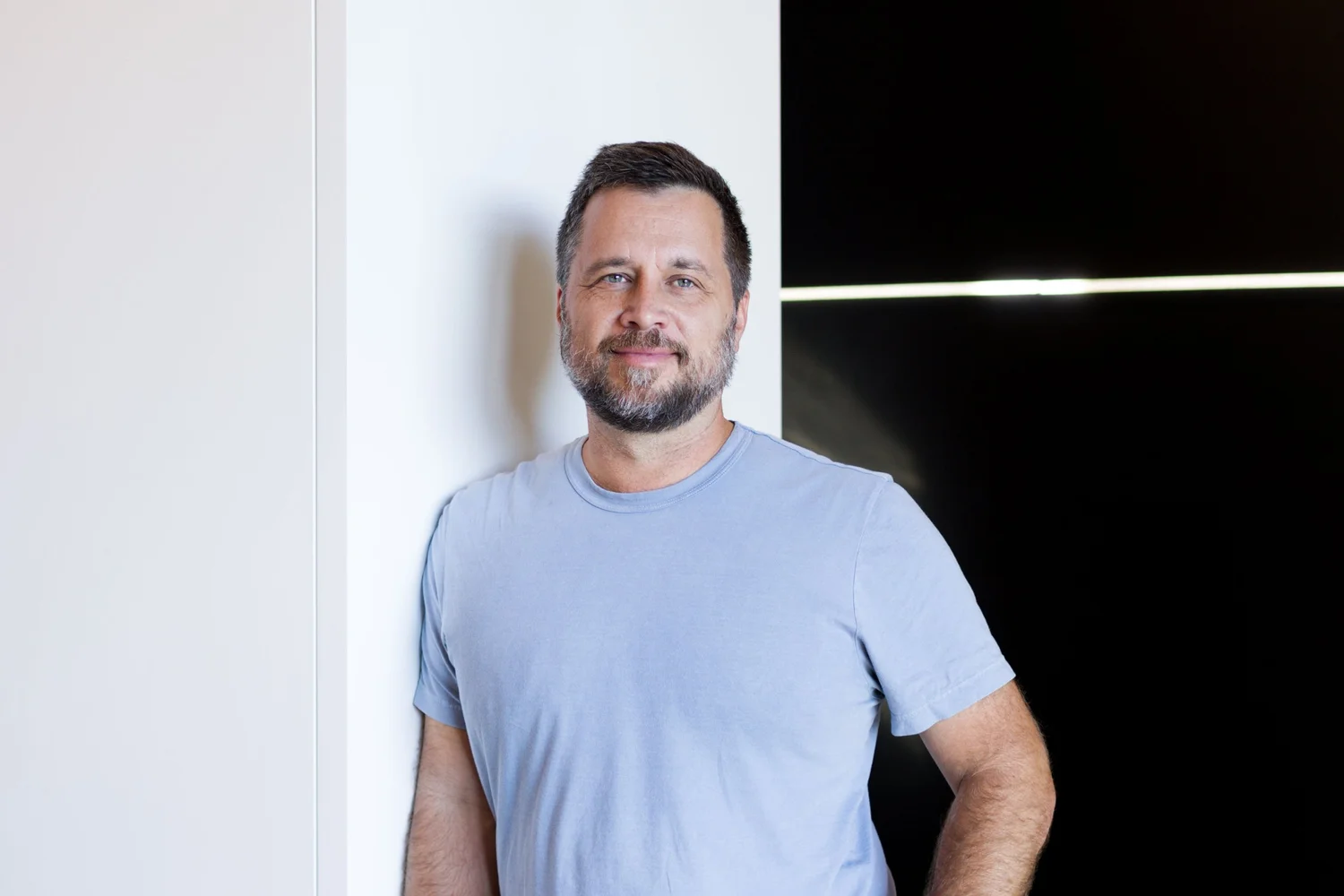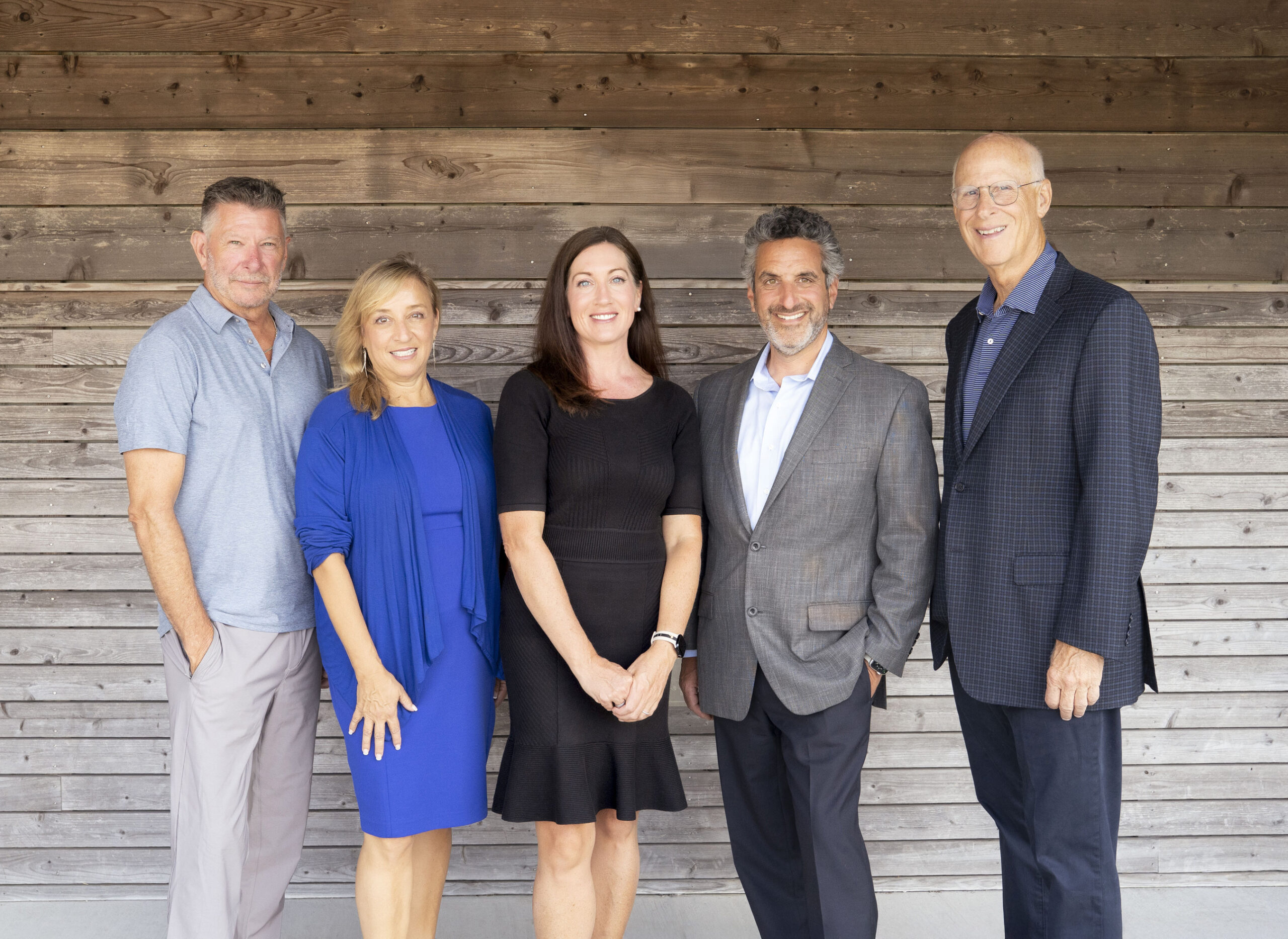When energy meets urgency, capital starts moving fast. Today, Eolian, L.P. disclosed a $463 million financing package—structured by Natixis Corporate & Investment Banking—to advance the last two phases of its ambitious Padua battery energy storage complex in Texas. The timing and size hint at how central large‑scale storage is becoming to grid reliability in a post‑coal era.
Located in Bexar County, the Padua site is no random pin on a map. It sits adjacent to the decommissioning J.K. Spruce coal plant and the aging V.H. Braunig gas facility, in a corridor that regulates south–to–north power transfers across Texas. When fully online in 2026, Padua’s three phases will deliver 400 MW / 1.8 GWh of instantaneous ramping capacity — making it the largest battery energy storage deployment in Texas, and among the largest globally. Eolian+2CPS Energy Newsroom+2
Padua 1, now operational at 50 MW with ~2 hours of discharge, marked Eolian’s first step in this complex. Phases 2 and 3 — under construction — will add 150 MW and 200 MW respectively, each with ~5-hour discharge capability. These longer durations are a direct response to grid demands for sustained flexibility, not just short bursts of power. Eolian+3Eolian+3CPS Energy Newsroom+3
All three phases rely on Tesla’s Megapack technology to deliver high-throughput, scalable battery modules. As Mike Snyder, VP of Energy and Charging at Tesla, put it: “The Padua Complex … demonstrates the role batteries play in improving grid utilization and enabling more efficient operation of all power generation connected to the grid.” Eolian
“This is grid architecture at scale,” said Aaron Zubaty, CEO of Eolian. “Texas and the Padua Complex show how building battery storage with urgency unlocks better use of existing transmission lines, while bridging to a future where newer technologies can scale.” Eolian
The financing package covers construction, term loans, and letters of credit, bundled into a single closing to prevent delays. Natixis serves as sole arranger, syndicator, administrative agent, and green loan coordinator. Its executive, Yan Meunier, framed the deal as “innovative infrastructure supporting grid stability at scale.” Eolian
Eolian will develop, build, and operate the Padua Complex with its internal teams (asset management, optimization). The company already manages a 300 MW ERCOT BESS fleet, giving it operational credibility in the rapid scale-up. Eolian+1
Behind the Deal: Why It Matters
Battery storage is no longer a niche add-on — it’s becoming the load-bearing element of electricity networks under stress. In Texas, where demand cycles, renewable intermittency, and aging plants intersect, multi‑hour storage is shaping up to be the backbone of near-term grid resilience.
Eolian’s move is a double bet: first, that the economics of storage will hold — that revenue from capacity markets, ancillary services, and arbitrage will justify the capital; second, that policy and regulation will continue favoring dispatchable flexibility over new centralised generation.
A project this size also signals to utilities, regulators, and investors that battery storage is no longer experimental; it’s infrastructure. If Padua succeeds, it will likely catalyze further large‑scale deployments, especially in grid “pinch points” where transmission constraints limit flexibility.
Yet the path is not without risks. Cost overruns, regulatory shifts around storage eligibility, and competition from emerging technologies (long-duration storage, hydrogen, advanced thermal) all loom. Eolian’s established footprint, prior projects, and seasoned capital backers provide a buffer — but market execution will be the true test.
If you need further assistance or have any corrections, please reach out to editor@thetimesmag.com.











